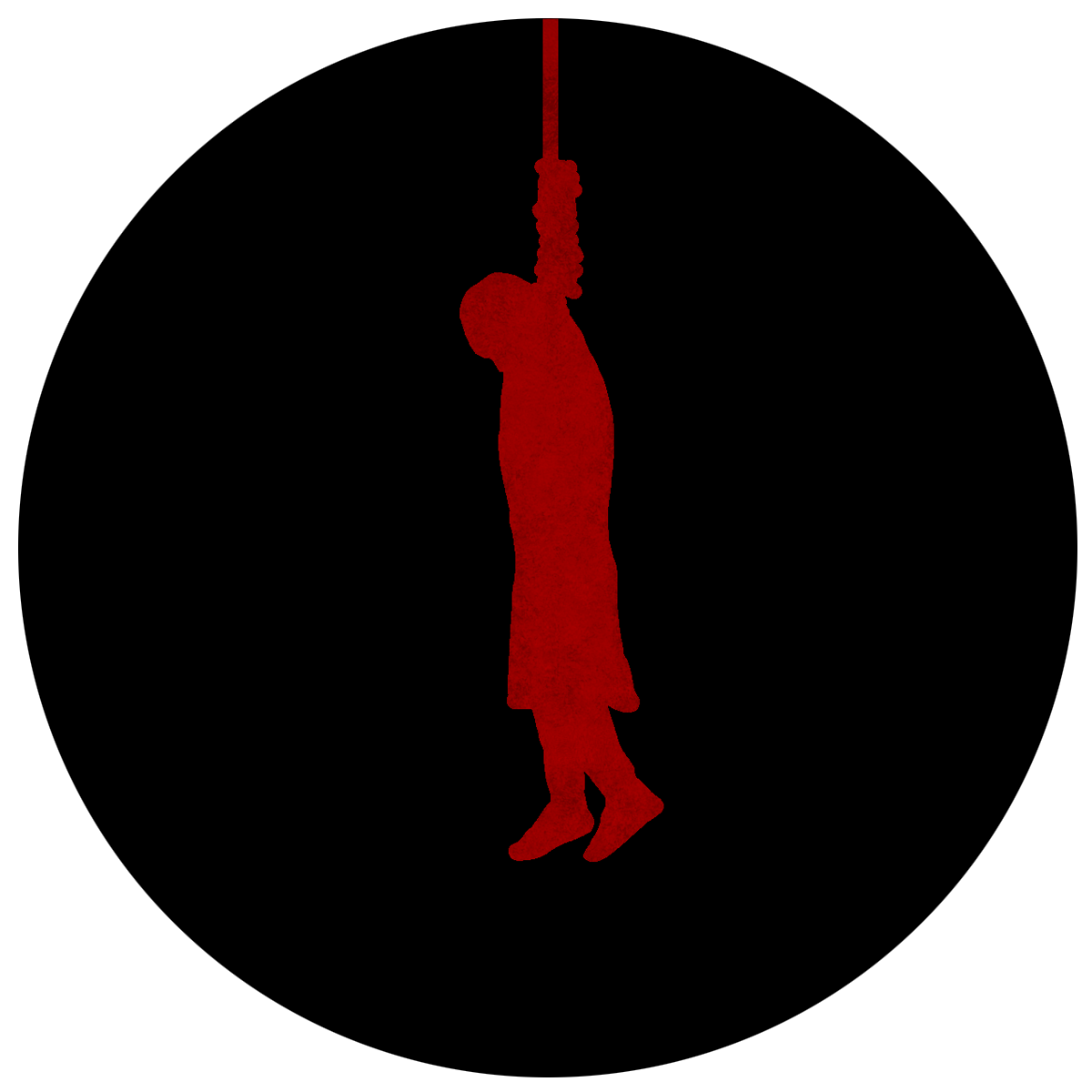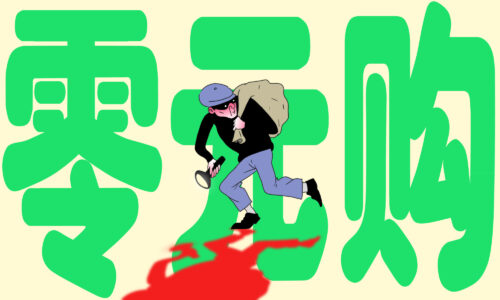China Unsolved: The Boy in the Red Dress

China Unsolved is a new The China Project weekly series profiling China’s most notorious unsolved mysteries.
The red dress, expert knots, the weight, the tiny mark on the forehead, the wooden beam, even the boy’s birthday and time of death — “aged 13 years and 13 days” — all supposedly adhered to certain practices associated with Taoist sorcery…
Images by Katie Morton

In November 2009, the body of 13-year-old Kuang Zhijun 匡志均 was found in his family’s old farmhouse in Shuangxing, a remote village of some 3,000 in the Banan district of Chongqing, by his father Kuang Jilu, a migrant who’d been working with his wife in the nearby megacity.
Kuang’s body was suspended by his wrists from a wooden beam with both hands and feet firmly bound with 12 knots each, skillfully and professionally tied. Between his feet dangled a weight. Apart from the unusual bonds, and a tiny pinhole on Kuang’s forehead, crime scene photos showed no other visible signs of trauma. In addition, there were no other footprints or any indications of a struggle; no property was missing. Odder still, Kuang was wearing a red dress, later identified as a relative’s, over a woman’s black swimsuit, which was reportedly never traced; two pieces of black cloth had also been used as breast padding.
Media reports initially centered around claims that the boy’s mother had suffered a mortal premonition the day before, in which she dreamt that a tall man in black clothing and hat, carrying a bag, had entered the family house through a secretive back door, and urged her to return. This dream, these reports suggested, had apparently prompted both parents to return to Banan, where they found their son’s body.
In fact, while this dream was widely confirmed by Kuang’s parents, the father had hurried home for entirely rational reasons: Their normally reclusive and obedient son, whose favorite pastimes included reading Pu Songling’s famous Liaozhai Zhiyi (Strange Stories from a Chinese Studio), a series of supernatural allegories about corruption and injustice toward commoners, had stopped answering his cell phone. Kuang, who attended weekly boarding school, had told his parents of his plans to weed the old house, but did not attend class afterward for several days; the school’s principal later argued that an epidemic of flu had meant nearly 30 students were sick, and Kuang’s absence had been overlooked as a result.
Internet detectives speculate that Kuang’s death was part of some rare once-in-a-century rite of Chinese occultism: the red dress, expert knots, the weight, the tiny mark on the forehead, the wooden beam, even the boy’s birthday and time of death (he died “aged 13 years and 13 days”), all supposedly adhered to certain practices associated with Taoist sorcery. Some believed that a sect had killed the boy in order to “raise him as a ghost” (养小鬼) — using the ancient “Five Elements” theory, netizens have speculated that each is represented by a ritual involving metal (the weight), water (the swimsuit), wood (the beam), fire (the red dress), and earth (the dirt floor); the pinhole would separate the soul from the body, the weight keeping it on the earth, while fire bound the child’s doomed soul to the killer.
Banan police apparently thought otherwise, concluding within only a month that the death was an “accident” that had occurred while the boy was playing a “superstitious game.” They ruled out foul play or suicide, declining to investigate further. Despite appeals from the boy’s father (“What kind of game would make my son put on his sister’s swimming suit and skirt, tie up the hands and feet professionally, and hang himself from the roof?” he reasonably wondered), and disbelief from locals — some of whom claimed to have seen the mother’s mysterious man with his hat and bag — police have steadfastly refused to reopen the case.
On Zhihu, the popular Quora-like Q&A site where amateur sleuths and conspiracy theorists frequently pool their insight, the most popular opinion is that the teenage Kuang had a secret sadomasochism fetish, and had died of sexual asphyxia. Another tenuous theory held that Kuang’s mother’s first husband and eldest son had conspired to kill the boy in revenge over a dispute; however, police insisted the pair had an alibi. Some have tried to connect the case to those of other children who’ve allegedly died in strange and similar circumstances, including a five-year-old girl found hanging from a telegraph line in Zhejiang in 2010; she was rumored to be the eighth child in that county “surnamed Cai” whose bizarre and otherwise inexplicable demise had also been ruled “accidental.”
None of these explanations have proved particularly convincing, however, and the case remains a near-insoluble mystery to this day.
China Unsolved will return next week.






